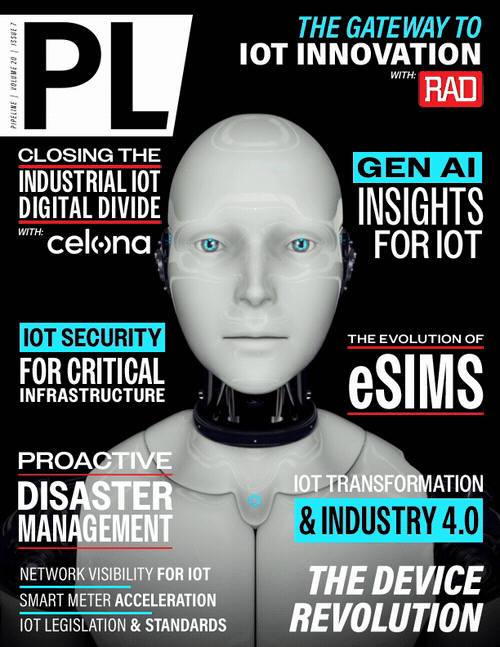From Hardware to Holistic: The IoT
Revolution in Business
Another common challenge is that sometimes the mechanisms in place don’t always support the new IoT business model; everything must be reworked, from how orders get taken to how support handles requests. Getting mechanisms to adapt new business models can be tricky for companies undertaking digital transformation where legacy systems clash with new digital technologies. While IoT providers shouldn’t abandon their legacy systems wholesale, these systems often lack interoperability, resulting in data inconsistencies and communication issues.
How to Carry Out Transformation: Keeping the Customer at the Center
Business transformation is hard — however, when customer-driven, the positive sea change is worth the accompanying challenges. Indeed, it cannot be stressed enough how important it is for companies to have the customer (and their IoT needs) as the chief driver of transformation. When transitioning, an organization must establish how this transformation will benefit its customer base. Unfortunately, it is not uncommon for misalignment to exist between what the provider believes the customer cares about and what the customer actually desires.
The customer typically doesn’t have the time or knowledge to piece together an IoT deployment on their own — they want something that delivers clear benefits. They also want something they can easily adopt, just like any other product or service they bring into their business. If adoption is challenging, it becomes a nuisance, causing that thing to fall down the priority list and possibly fail. This will not result in a high grade for the provider.
IoT providers should design their products, services, and offerings to make the lives of their customers easier. They must identify customer pain points and needs, like automating processes, overcoming technical and regulatory changes, or protecting against emerging security issues that continue to ramp up in their frequency and volume. For instance, businesses often send their workers into the field to manually examine the status of every IoT installation; alternatively, IoT companies should offer a device management platform that allows their customers to manage and view device insights remotely and in an automated fashion.
A Peek into the Future of IoT
The IoT revolution will hinge on whether businesses are ready for change. One trend on the horizon is that IoT software applications will become more affordable and higher quality, allowing more things to get connected and permitting the monitoring of less-expensive assets. Within IoT applications, there will also be an evolution from large language models to small language models. Increasingly, these models will get integrated into IoT systems to drive intelligence, automation, and predictive maintenance.
Lastly, businesses will encounter change management challenges as they fully integrate IoT. For instance, if a grocery store deploys a temperature monitoring and workflow management platform, the greatest ROI it expects is savings in labor costs. Workers won’t need eight hours a week to monitor temperatures manually and can instead focus on higher-value work. Nevertheless, when it is time for rollout, the store manager might hesitate to “give up” those eight hours because they don’t fully trust the system yet.
These developments will require that businesses think holistically, prioritizing speed and scalability. Consequently, they’ll need to leverage vendors that can provide comprehensive IoT offerings rather than different hardware pieces, further underscoring the opportunity for those who can successfully actualize business transformation.



















